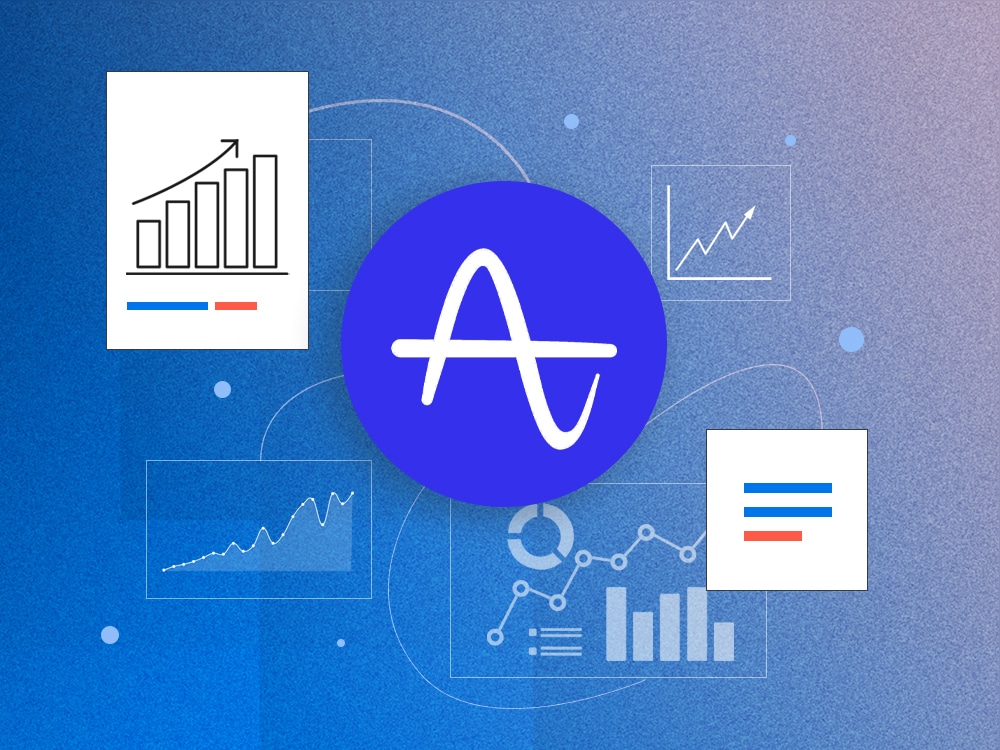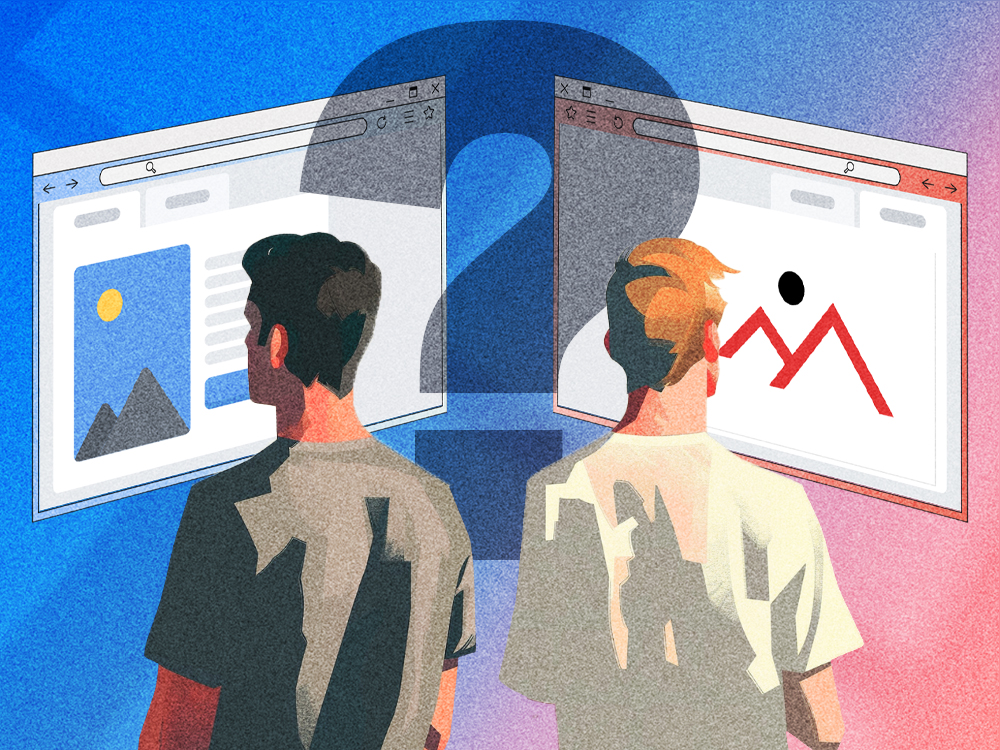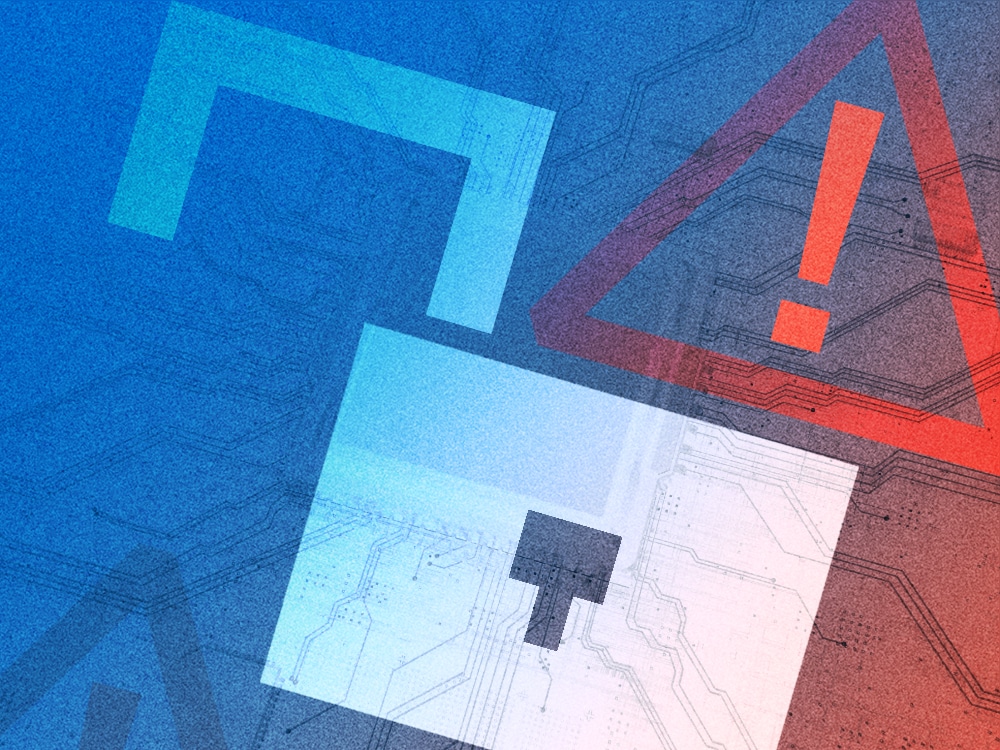What is Retention Rate and why is it important?
Retention rate, also known as customer retention rate, is an important metric that measures how well a company keeps its existing customers. But what is it and how is it measured?
What Is Retention Rate?
Retention rate is a metric that measures the percentage of customers who return to use a product after they have already used that product. An example of this could include how many past customers return to make another purchase.
How to calculate retention rate
It’s calculated by dividing the number of customers who return to perform a critical event (i.e. Purchase, Play a Video, Log In) by the number of past customers. So if 50 out of 100 former customers return, your retention rate would be 50%. This can also be viewed in the inverse as a churn rate vs. retention rate. Users who did not return would be counted as churned.
There are a few ways you’re able to measure Retention Rates and it largely depends on the type of business you have. Let’s look at the 3 main Retention methods you should consider.
N-Day Retention
Counts users as returned on the Nth or specific day(s) they came back. Best used for retention that can be sporadic as this method counts the specific day a user returns to your app or website.
Example Use Cases for N-Day Retention
- How often users return to download a new game
- How often do new users return to check their status
- What day are most users churning from premium features
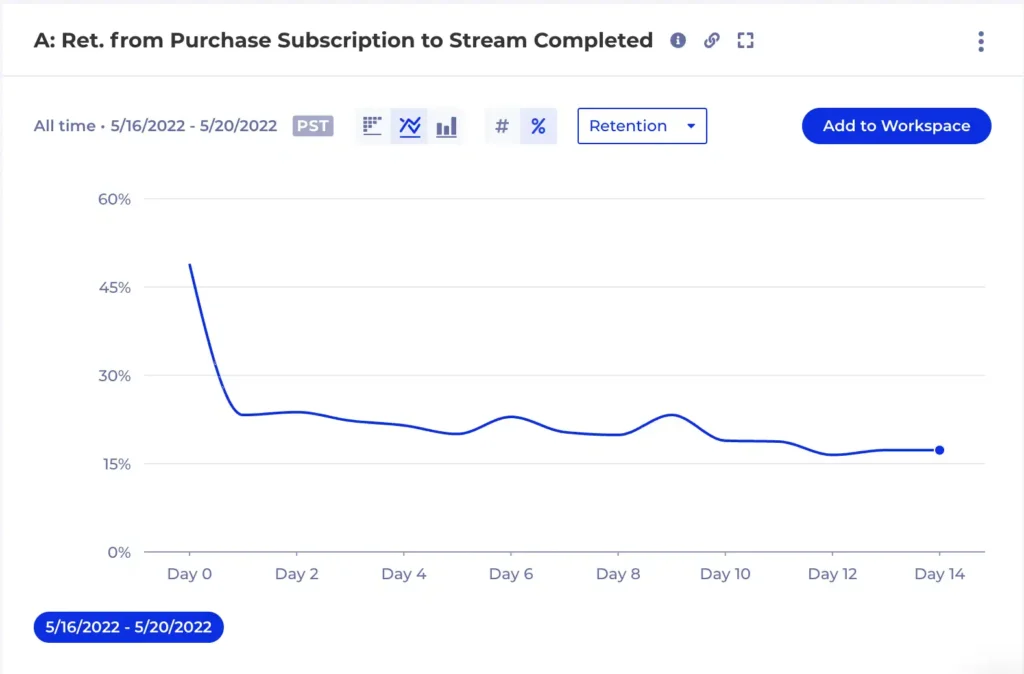
Unbounded
This measures the percentage of users who have ever come back to your app on a day or any day later. Best when you have stretches of time between return events and don’t expect users to return every day/week/month.
Example Use Cases for Unbounded Retention
- What is our New User Day 7 retention rate
- How often does a user return to complete a new task
- What is our Day 30 day retention rate
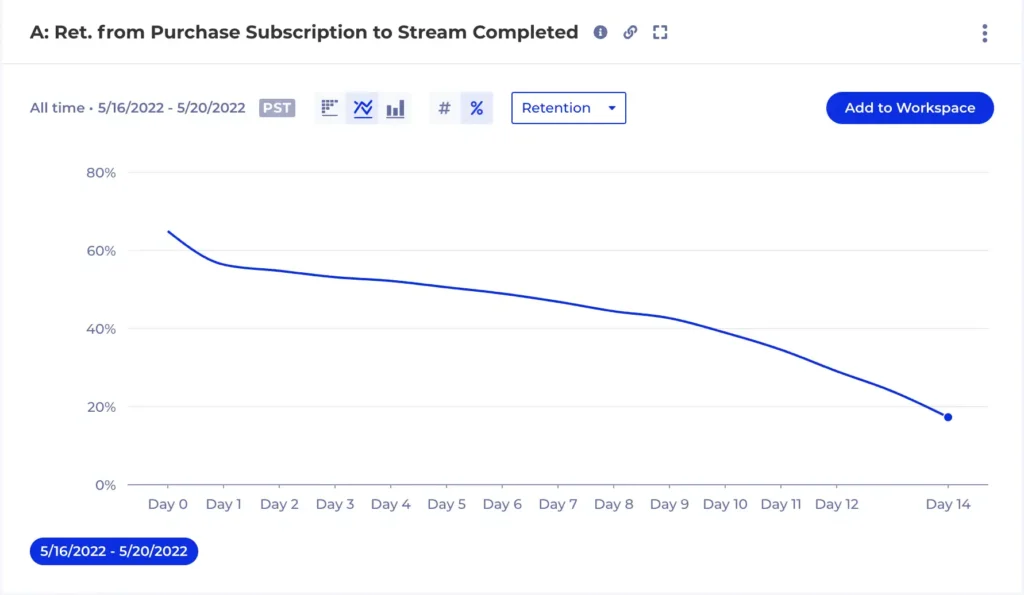
Rolling
Rolling retention is called Rolling, because we also want them to have a returning event on each date between the starting cohort date and Nth day. This means if your app is something designed to be used consecutive days/weeks/months you should leverage this method. It’s also great to identify cohorts of users who are highly engaged or exhibit “binge” behavior.
Example Use Cases for Rolling Retention
- What % of Users return on each day of their 7 day trial
- Who binges 5 days in a row
- Who is our Power User group that logs in 3 days in a row
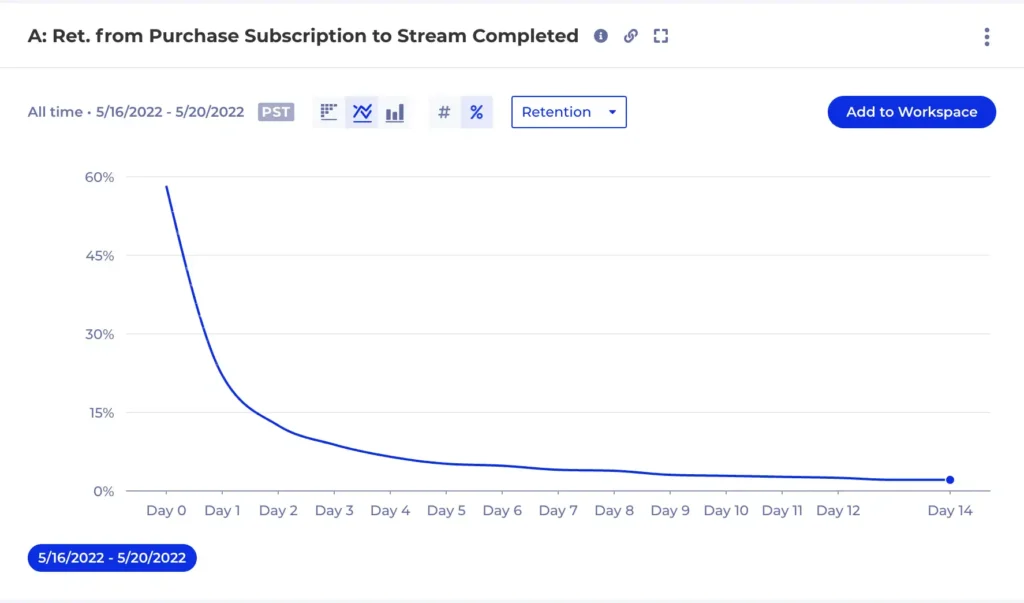
Your retention rate can tell you whether or not customers are happy with your service or product, whether they feel satisfied with the value they receive, and if they have any gripes or issues that need to be addressed. You can use this data to make changes in your business practices and tailor the method to your business model.
Why Should You Care About Your Retention Metrics?
Active customers are more likely to purchase more products and refer friends to your company. They’re also more likely to stick around longer than people who aren’t engaged with your brand.
This form of user behavior data can help you understand why customers might stop using your product by looking at their behavior patterns after they leave.
For example, suppose 80% of users exit the app within 30 seconds.
- They give your insight into your customers’ behaviors.
- They help you understand what they like about your product or service.
- They reveal which features are most important to them.
- They can help you predict churn rates and plan for it before it happens.
How to Improve Your Retention Rate
Customer retention strategies are the key to a successful business.
Don’t let your customers slip away! Here are five ways you can keep them coming back for more:
Be Responsive
If a customer has a problem or question about one of your products or services, don’t make them wait on hold for hours or go through multiple phone calls before answering their question.
Offer Great Customer Service
A good reputation is everything in business. If your customers have a negative experience with your business, they will tell their friends and family, who will say to their friends and family, etc. If they have a positive experience, they will tell that to others.
Communicate Regularly
Customers like knowing what’s going on with their order status and when it will arrive at their doorstep (or doorstep). It also reduces confusion if there is an issue with their order or delivery schedule (which happens more often than not). You can communicate with customers via email newsletters or social media platforms like Facebook.
Understand your Customer’s Behavior
Getting to know how your customer interacts with your product is a key aspect to keeping them engaged. Using Product Analytics tools like Kubit can provide your team with valuable insights that will help refine your product experience and provide an optimized experience for your customers.
How Retention Rates Can Be Used
Retention Rates in Streaming Media
A Kubit customer needed to understand binge watcher behavior which they defined as a user who watches more than 100 minutes of content each day of a 7 day period. In Kubit they were able to build a Rolling Retention chart with the starting and returning event as “Watching at least 100 minutes of content” to understand:
- How many of these users did they see in a 90 day period?
- Does the binge behavior change based on the type of content they watched?
What did they learn? Well they saw that this behavior was very concentrated on content types, specifically Classic TV audiences. They also saw that users who watch Classic TV in a binge cohort don’t watch much else and any effort made to market different content weren’t fruitful. This allowed them to lower the investment in that hypothesis and focus more on other segments of their population.
Retention Rates in Travel
This customer needed to see what characteristics of the Companies that sign up for their corporate travel service lead to higher retention rates.
Because travel happens sporadically they were able to build a Retention chart based on Unbounded Monthly retention to best capture the natural rhythm of the booking behaviors. They saw a prominent linear Retention increase depending on the size of the Company. This meant that attracting and onboarding Companies with large user bases is a critical acquisition strategy as well as making the process of adding more travelers to the service.
Bottom Line
To summarize, the definition of retention rate is the sustained or repeated use of a product. To reach an effective and long-lasting business, you need to retain your users perfectly.
Retention can be utilized to improve user loyalty to your product. In addition, it can be considered a tool for driving sales and revenue in your company.
Click here to learn more about Kubit and how it can help optimize your retention rate.


